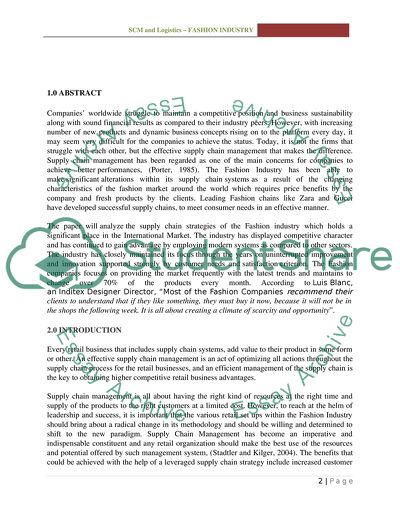Cite this document
(“Service Industry Supply Chains Assignment Example | Topics and Well Written Essays - 3000 words”, n.d.)
Service Industry Supply Chains Assignment Example | Topics and Well Written Essays - 3000 words. Retrieved from https://studentshare.org/marketing/1734243-service-industry-supply-chains
Service Industry Supply Chains Assignment Example | Topics and Well Written Essays - 3000 words. Retrieved from https://studentshare.org/marketing/1734243-service-industry-supply-chains
(Service Industry Supply Chains Assignment Example | Topics and Well Written Essays - 3000 Words)
Service Industry Supply Chains Assignment Example | Topics and Well Written Essays - 3000 Words. https://studentshare.org/marketing/1734243-service-industry-supply-chains.
Service Industry Supply Chains Assignment Example | Topics and Well Written Essays - 3000 Words. https://studentshare.org/marketing/1734243-service-industry-supply-chains.
“Service Industry Supply Chains Assignment Example | Topics and Well Written Essays - 3000 Words”, n.d. https://studentshare.org/marketing/1734243-service-industry-supply-chains.


